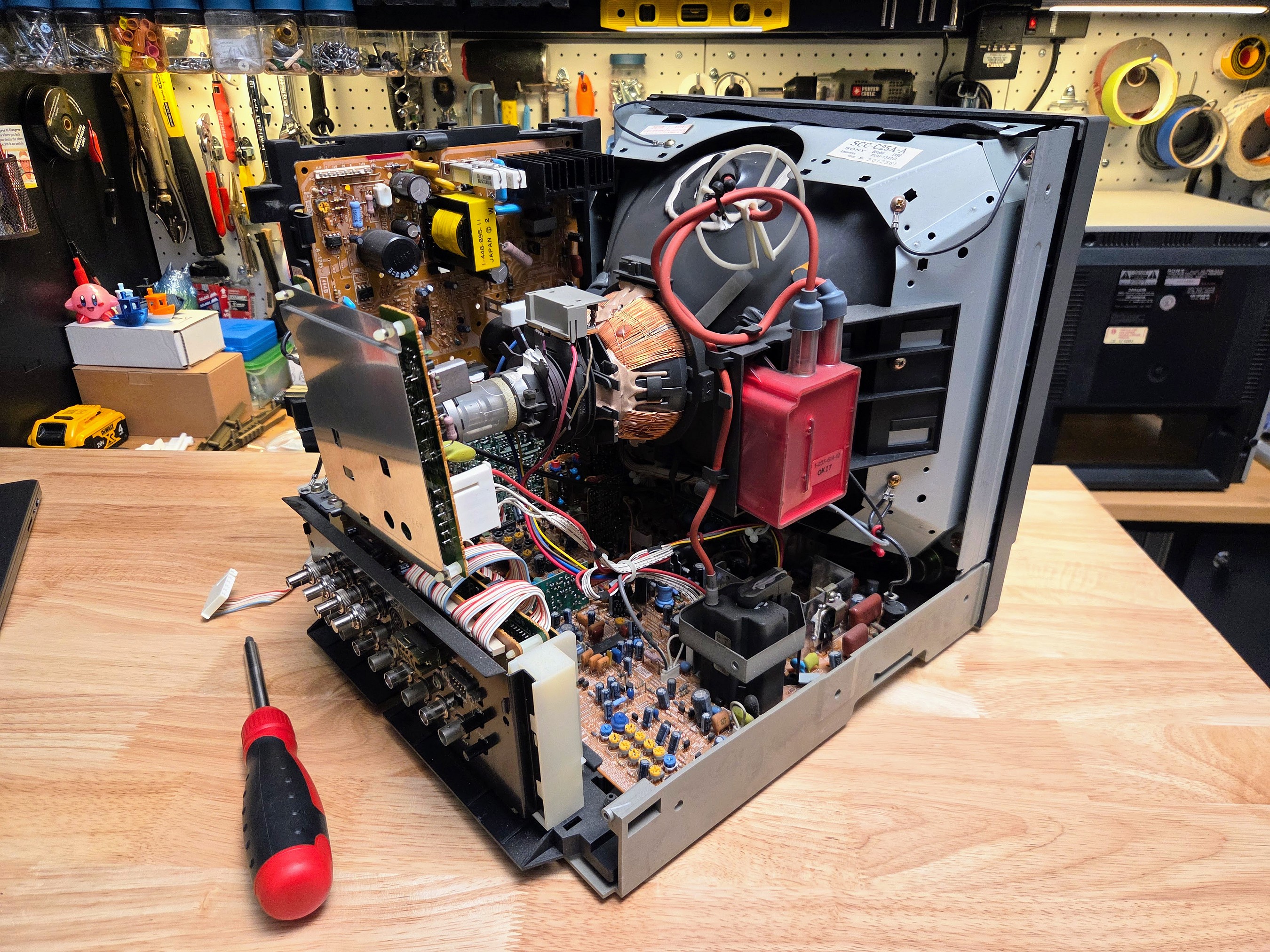“`html
Blue Origin Schedules Second New Glenn Rocket Launch for November 9
Blue Origin, the aerospace company founded by Amazon’s Jeff Bezos, has announced plans for the second launch of its New Glenn rocket, scheduled for November 9. The launch will take place from Launch Complex 36 at Cape Canaveral, Florida. This upcoming mission marks a critical step in Blue Origin’s efforts to establish a reliable heavy-lift launch vehicle in the competitive space industry.
The New Glenn rocket, designed to be a super heavy-lift launch vehicle, aims to serve a variety of missions, including satellite deployment, cargo transport, and interplanetary exploration. With its impressive specifications, the rocket stands at 323 feet tall and is engineered to carry payloads of up to 45 tons to low Earth orbit (LEO) and 13 tons to geostationary transfer orbit (GTO). These capabilities position New Glenn as a competitive option among other heavy-lift rockets, such as SpaceX’s Falcon Heavy and the United Launch Alliance’s Vulcan Centaur.
The first flight of New Glenn occurred in January, demonstrating its capabilities with a mostly successful mission. Although the second stage of the rocket successfully reached orbit, the first stage experienced an explosion during its return to Earth, preventing a planned landing on a drone ship. Since its initial launch, Blue Origin has been refining its approach and technology to ensure a more successful second attempt. The company had initially aimed for a launch in late spring of this year, but various technical and logistical challenges caused delays.
With the upcoming launch, Blue Origin is taking extra precautions, particularly because the payload includes significant cargo for paying customers. The primary payload for the November 9 launch is NASA’s twin ESCAPADE (Escape and Plasma Acceleration and Dynamics Explorers) spacecraft. These spacecraft are designed to study Mars’ atmosphere and its interaction with solar wind. The ESCAPADE mission is part of NASA’s broader efforts to understand the Martian environment and its potential for future exploration.
In addition to the ESCAPADE spacecraft, the New Glenn rocket will also carry a technological demonstrator from Viasat, a communications company. This payload is expected to test new technologies that could enhance satellite communication capabilities in the future. The integration of these diverse payloads showcases Blue Origin’s ability to cater to a range of missions, further solidifying its position in the commercial space sector.
The Competitive Landscape of Heavy-Lift Launch Vehicles
Blue Origin’s entry into the heavy-lift launch market is significant, as it aims to capture a share of the growing demand for satellite launches and interplanetary missions. The commercial space sector has seen a surge in interest and investment, driven by advancements in technology and the increasing need for satellite communications, Earth observation, and scientific research. As more companies and government agencies look to launch payloads into space, the competition among launch providers has intensified.
In recent years, the aerospace industry has witnessed the emergence of several new players, alongside established companies like SpaceX and the United Launch Alliance (ULA). The success of the upcoming launch will be crucial for Blue Origin, as it seeks to build a track record of reliability and performance. Notably, the company is also focusing on the development of reusable rocket technology, which has become a cornerstone of modern spaceflight.
While New Glenn is designed to be partially reusable, with its first stage intended for recovery and refurbishment, Blue Origin’s approach differs from SpaceX’s fully reusable Falcon 9. The ability to reuse rocket components can significantly reduce launch costs, making space access more affordable for various missions. This shift towards reusability is reshaping the economics of space travel, allowing for more frequent launches and a broader range of missions.
Technological Innovations and Future Prospects
In preparation for the November launch, Blue Origin has been conducting extensive testing and simulations to ensure the rocket’s systems are ready for flight. The company is also focusing on safety protocols, given the complexities involved in launching payloads for NASA and other commercial customers. The integration of advanced technologies in the New Glenn rocket reflects Blue Origin’s commitment to innovation and its desire to stay at the forefront of the aerospace industry.
Moreover, the upcoming launch is expected to attract significant attention from industry observers and stakeholders. A successful launch of the New Glenn rocket could bolster the company’s reputation and attract further contracts from government and commercial entities. Conversely, any setbacks could impact its standing in a rapidly evolving market, underscoring the high stakes involved in this mission.
The ESCAPADE mission, in particular, highlights the increasing collaboration between commercial launch providers and government agencies. As NASA continues to push the boundaries of space exploration, partnerships with companies like Blue Origin are essential for achieving ambitious goals, such as returning humans to the Moon and eventually sending astronauts to Mars.
Conclusion
In conclusion, Blue Origin’s upcoming launch of the New Glenn rocket on November 9 represents a pivotal moment for the company and the broader aerospace industry. With its significant payloads, including NASA’s ESCAPADE spacecraft, the mission will not only test the rocket’s capabilities but also Blue Origin’s readiness to compete in the heavy-lift launch market. As the space industry continues to evolve, the success or failure of this launch could have lasting implications for Blue Origin’s future endeavors and its role in shaping the next era of space exploration.
“`




